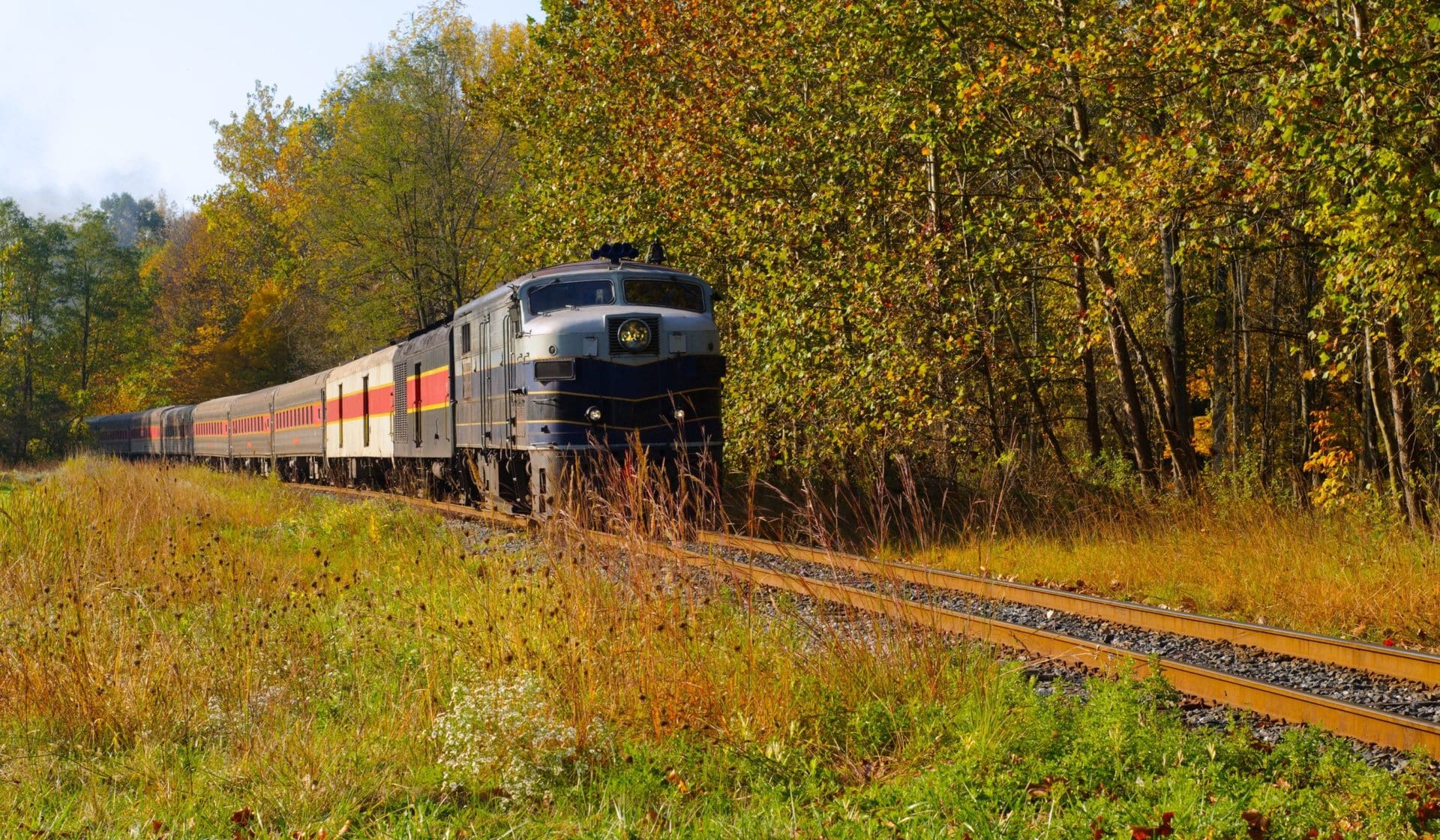Free Consultation
Free Consultation

The Long Island Railroad (LIRR) is notorious for delays, crowded cars, and accidents. Just in the last year, there have been at least three incidents.
Take the SUV caught between two LIRR train tracks in Westbury recently. Ultimately, the SUV ended up wedged between the two trains, catching fire. The SUV’s occupant was killed.
Or the derailed LIRR after it was sideswiped by a working locomotive in Montauk. At the time, 32 passengers were aboard, although none were injured.
Three truck passengers weren’t so lucky in a recent Long Island collision between two trains. The driver was trying to beat the gate, and the truck became stuck on the track. All occupants of the truck were killed.
Clearly, crashes on the LIRR are a major problem. But what’s causing them? We’ve put together a guide covering some of the reasons that LIRR crashes are so common, and signs to watch for when you’re near the tracks.
The most common types of railroad accidents in New York include:
All four of these accident types occur on the LIRR, and there are a number of reasons why they usually happen. Let’s take a look at them…and when we can help prevent them.
Often train accidents occur due to human error, which becomes even more likely with an inexperienced conductor. Two of the most common causes of operator negligence are driver fatigue and improper signaling:
Driver fatigue is another common cause of human error, and is a growing problem, as budget cuts necessitate that conductors work overtime.
Some accidents are caused due to improper operation of the crossing arm, or of signals that provide warning of an oncoming train. Without these factors, pedestrians or vehicles on the tracks might not be able to get out of an oncoming train’s path on time.
A common factor that contributes to these two types of negligence on LIRR (and other) trains is outdated technology. Automation could decrease the chances of human error by negligent operators.
In some cases, the responsible party for train accidents is not involved with the railroad at all. Reckless or distracted drivers and pedestrians fall among the top ten causes of train accidents.
Reckless drivers (like the Long Island wreck we previously mentioned), are a common cause of collisions with cars. Distracted driving, which is ever increasing across the country, can also create a reckless and dangerous situation.
Similarly, some pedestrians step right around crossing arms and onto the track, thinking that they can cross quickly enough to avoid the oncoming train. These instances of negligence are most often fatal for motorists or pedestrians on the track. They’re also distressing to passengers and can cause injuries as the train screeches to a halt.
The solution to this problem is actually quite simple: Pay closer attention any time you are near a train track. Put down your phone and keep your eyes on the (rail)road. Look at the railroad crossing signals. Look both ways before you cross the track whether by foot or vehicle. And head all warning signs a train is on its way.
Upgrades to railways are expensive, and frequently require long-term suspension of service. Therefore, many railroads are running on outdated equipment that’s prone to failure and plenty of trains operating today are decades old.
Because trains are large and complex machines, it’s easy for something to go wrong. Even a small mechanical failure can end in disaster. Unfortunately, this often ends in tragic railroad accidents.
Likewise, obstruction of train tracks can lead to a train derailment. Foreign objects left on train tracks can be deadly. If the conductor is aware of the obstruction, a crash can sometimes be avoided. If not, a defect in or on the tracks can result in a dangerous crash and even a derailment.
Again, a simple solution. Regular maintenance and proper repair and replacement can eliminate these types of accidents.
Train derailments are some of the most injurious train accidents. Derailments can happen due to a number of factors, including:
A derailment doesn’t always mean that the train leaves the tracks, so sometimes causes only a delay in service. However, a significant derailment can lead to catastrophic injury, especially if it occurs when the train is moving quickly.
These are still only the most common reasons why LIRR accidents can happen. LIRR crashes, delays and overcrowding are all too common for New Yorkers that rely on this line. Officials are working diligently to improve the line, so we can hope that these incidents will decrease.